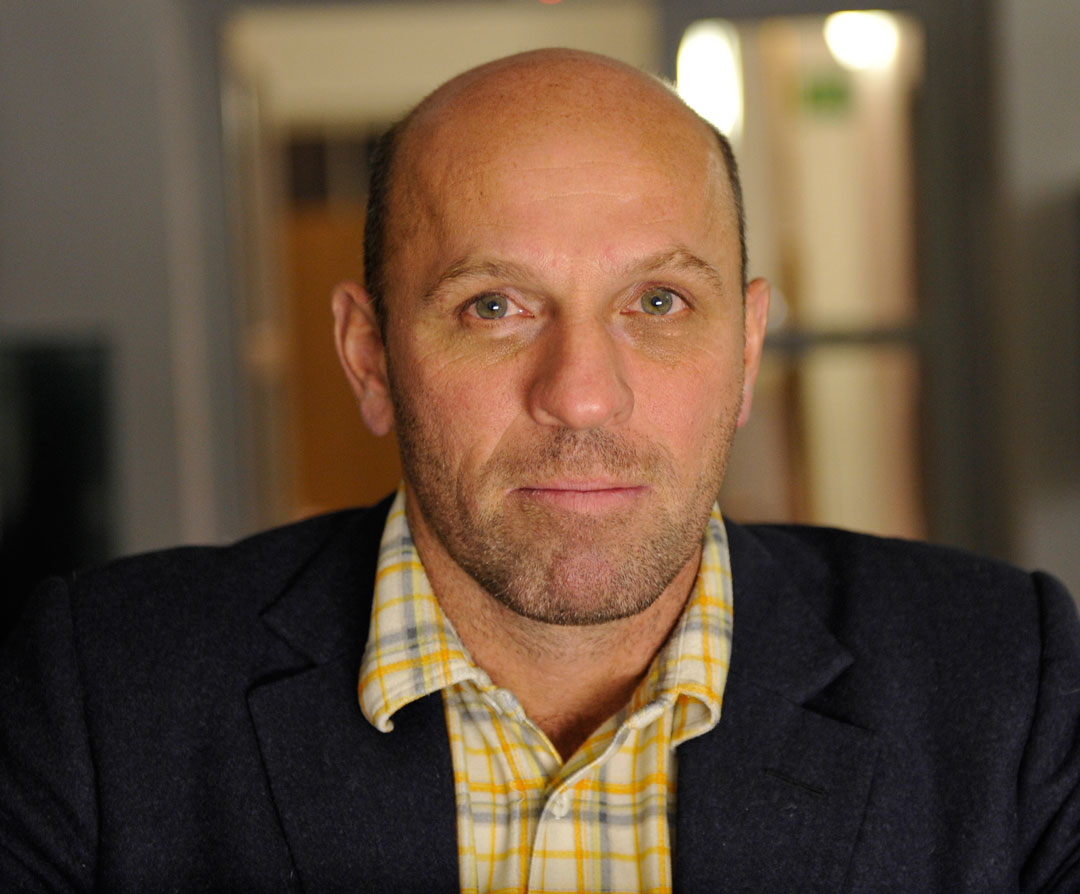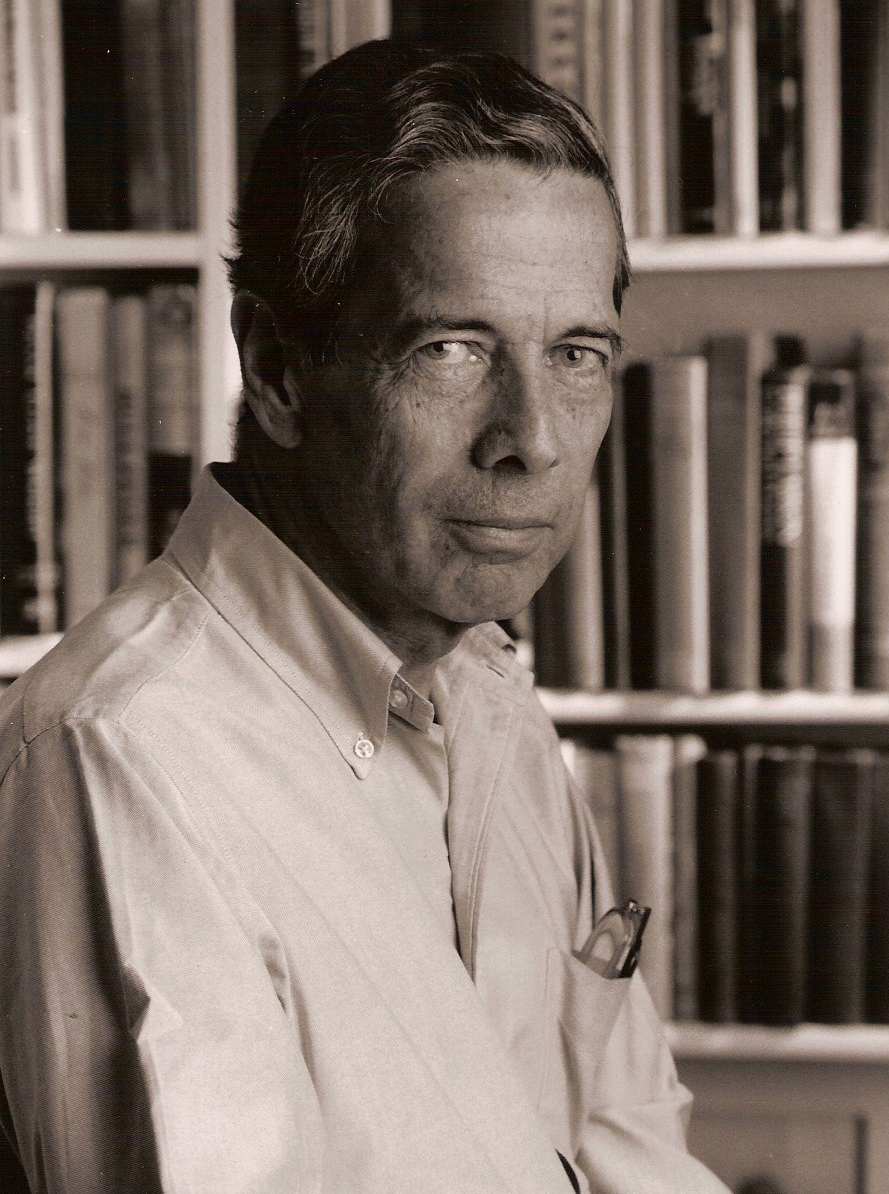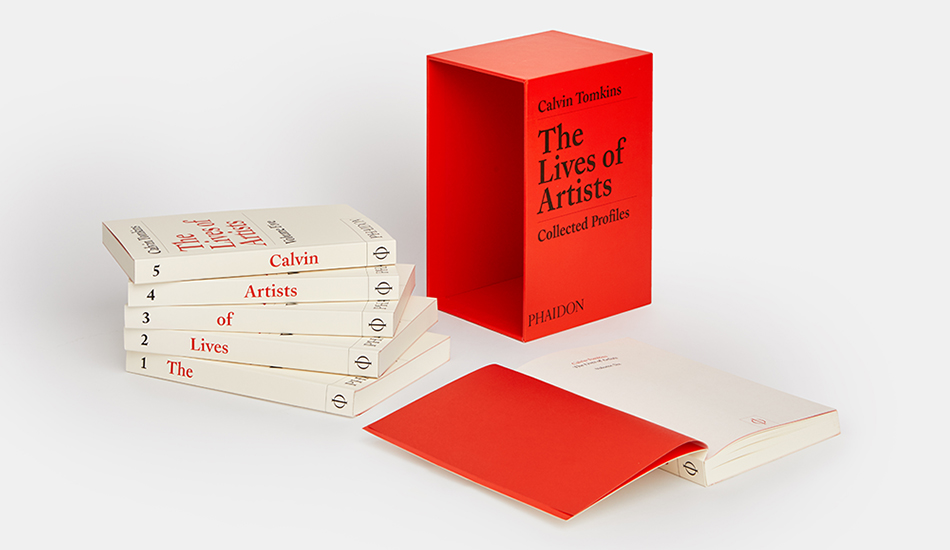
The Lives of Artists – Peter Doig
The New Yorker writer Calvin Tomkins describes an encounter with one of the world’s leading figurative painters
If you want to know what it’s like to be in the presence of important and groundbreaking artists, you should really ask Calvin Tomkins. Over the past 59 years, Tomkins has profiled almost every culturally significant figure in the contemporary art world for The New Yorker magazine.
Our new six-volume anthology of his work, The Lives of Artists, brings these profiles together. There are many delightful long reads in there, but there are also moments when, in just a few finely chiselled sentences, Tomkins describes the range of impressions and emotions one might experience meeting an artist for the first time, face-to-face. Consider this description of one of the world’s leading figurative painters, the Scottish-born, Trinidad-based artist, Peter Doig.

“Doig and I were at his house on the north coast, looking at a reproduction of ‘Cave Boat Bird Painting’ in a monograph of his work. The house, designed to Doig’s specifications by the Trinidad-based architect Jenifer Smith, is informal and spacious, with lots of small bedrooms for children and guests in a separate wing. He had cooked a chicken curry for dinner, and afterward we stayed on at the long table in the rectangular room that’s his kitchen, sitting room, and dining room combined. Wide folding doors on two sides were open to a deck overlooking the bay far below, and the rapidly cooling night air was filled with sounds: dogs barking (Doig had six of them), birdcalls, and a shrill, periodic insect note that got louder and louder and then stopped abruptly. Because Trinidad is so close to the equator, darkness there comes all at once, at about six-thirty. “What you realize here is that half the day is night,” Doig said. It was a Wednesday evening, and we were alone in the house. Celeste and Simone were in London, and Alice, Eva, and August were with their mother, at the family house in Port of Spain; when he’s in Trinidad, Doig picks them up after school on Thursdays, and returns them on Sunday.

“Doig once told me that he had lived in many different places, and had felt like an outsider in all of them. He has nevertheless become engaged with Trinidadian life and culture, mainly through the StudioFilmClub (Doig chooses the films and makes a poster to announce each one) and through his friendships with local artists: Che Lovelace, a figurative painter who became his partner in founding the club, and Embah, the late self-taught sculptor and painter, whose haunted image of a man dressed as a bat inspired two of Doig’s paintings. When the portrait artist Boscoe Holder, whom he’d met a few times, died, in 2007, Doig bought his collection of LPs, an archive that covers the whole range of Caribbean music. “I was nervous about coming here, a white guy from the U.K. coming back to a former British colony that was now independent, but I’ve always felt connected to this place,” Doig told me. He has also said, expressed in a 2013 letter to his friend and fellow-artist Angus Cook, “I believe that most of my works made in Trinidad question my being there.”
In these two brief descriptions of his island life, Doig’s complex relationship with Trinidad is brought into sharp focus. For more encounters like this order a copy of The Lives of Artists here. This six-volume set includes 82 of Tomkins's most significant profiles dating from 1962 to 2019. Part art history, part human interest, Tomkins offers insights and observations about the artists, their work, and the ever-changing art world they inhabit. Buy The Lives of Artists here.